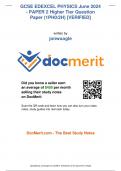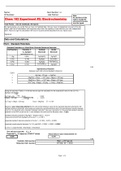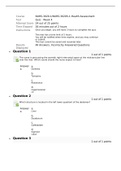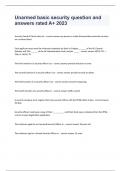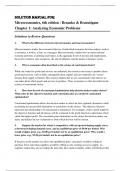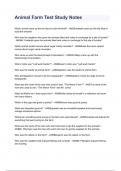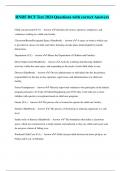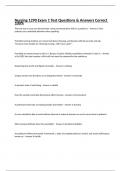Persuasive technologies
Prof. Karolien Poels
2021-2022
,1 Introduction
Using a smartphone and checking social media has become a habit in our daily life. In this
course, we are analysing why applications have become so important, why and how we use
technology. It’s about using and designing technologies with a persuasive aim.
Social media is everywhere, children nowadays grow up with YT, TikTok, FB, etc.
1.1 The big six
1) YouTube
2) Twitter
3) Instagram
4) LinkedIn
5) Snapchat
6) Facebook
1.2 Online shopping
• Clothing: Zalando
• Books: bol.Com, amazon
• Fly tickets: google flights, cheap tickets
• Food: take away, Deliveroo
Tendency to rely on the same websites, without realising it. The websites have
succeeded in becoming a commonly used website.
1.3 What are the opportunities and risks of social media?
Opportunities Risks
Receiving advise and support concerning Advertising can become very invasive or non-
social or health problems transparent. It can be problematic when it is
e.g. Google, Awel not clear that something is an advertisement.
This is not ethical. Especially concerning
minors. A recent study showed that minors
were confronted with a lot of ads about junk
food. E.g. personal data used to advertise
Learning and information Sexual harassment, transgressive behaviour.
e.g. Wikipedia, VRT NWS, … We need to be careful how we deal with this
behaviour and how we educate people.
Creativity and inspiration Data leaks, hacking, illegal activities
e.g. Pinterest e.g. phishing
Social contacts and self-expression Hate speech, racism, violence
e.g. Instagram, Tinder
Engagement, democracy Disinformation, fake news, polarization
e.g. Twitter
How do you rate the trustworthiness of a website?
• The use of ads
• Spelling mistakes
• Cooperation with professional organisations
• …
2
,1.4 Smartphone: slave or master?
• Do we control our smartphone or does our smartphone control us?
• Nowadays we are more used to spent time on our phone rather than talk to other
people in public, but how did this turn into a habit?
• E.g. when attending a concert, people are tend to use their smartphones to film
everything instead of enjoying the concert itself.
• E.g. the inauguration, people taking pictures
1.4.1 Which apps are more or less important?
Besides the big 6… you have
• Music streaming platforms such as Spotify
• Film streaming platforms such as Netflix
• Information platforms such as Google
Many other applications that exist but are not prominent or failed:
• Search engine from Microsoft: Bing
• Social network Ello, without advertising and with better personal data care
• Activity trackers: Jawbone (biggest competitor of Fitbit)
• G+, wanted to become a social network site such as FB (from Google)
1.5 New kids on the block
• Clubhouse: a new type of social network based on voice — where people
around the world come together to talk, listen and learn from each other in real-
time. Only audio, no video.
• BeReal: Everyday at a different time, everyone is notified simultaneously to capture
and share a Photo in 2 Minutes, without filters. The idea is to have a more realistic
look of people’s lives.
• Trumps new application: his own version of Twitter called ‘Truth Social’. After he
got expelled from the regular social media platforms, he tried to find a way to still get
access and to express his voice.
1.6 The Hook model
A four-phase process companies use to forms habits. “Through consecutive hooks cycles,
successful products reach their ultimate goal of unprompted user engagement, bringing
users back repeatedly.”
1) Trigger: Someone is triggered to open a website, this can be external (notification) or
internal (needs, wants, interests, motivations).
2) Action: Behaviour done in anticipation of the reward. E.g. making a profile, searching
friends, …
3) Variable Reward: The problem that’s solved because of the action. E.g. gets likes,
shares, comments, …
4) Investment: increases the odds that the user will make another pass through the
hook cycle in the future. The investment occurs when the user puts something into
3
, the product of service such as time, data, effort, social capital, or money. E.g. growing
network, creating relationships.
1.6.1 Video Nir Eyal
He talks about a certain itch, the internal trigger. For example when you are very bored, to
cope with the boredom you are quickly going through your messages, we look for something
more stimulating.
Remember & Share
• Habits are defined as “behaviors done with little or no conscious thought.”
• The convergence of access, data, and speed is making the world a more habit-
forming place.
• Businesses that create customer habits gain a significant competitive advantage.
• The Hook Model describes an experience designed to connect the user’s problem
to a solution frequently enough to form a habit.
• The Hook Model has four phases: trigger, action, variable reward, and investment.
4



